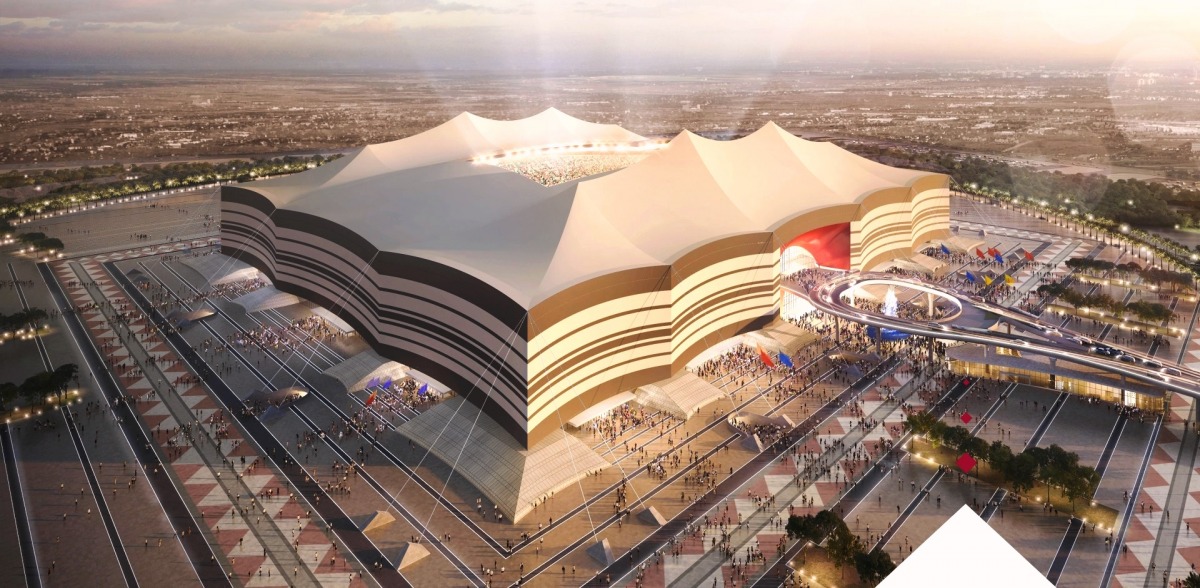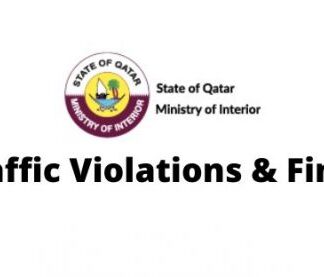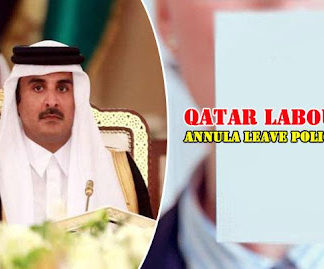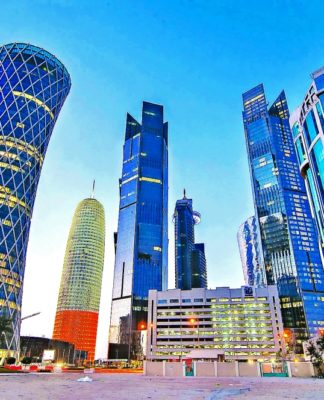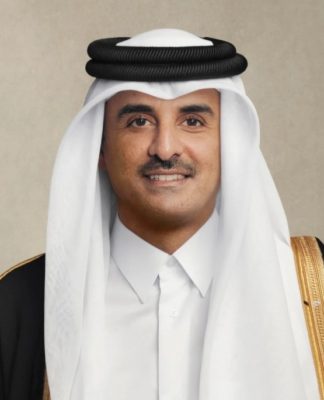The Supreme Committee for Delivery and Legacy continues its efforts to organize a carbon-neutral version of the FIFA World Cup in Qatar in 2022, leaving a climate-sustainable legacy for Qatar and the region, as sustainability is at the forefront of the country’s preparations for organizing the World Cup for the first time in the Arab world and the Middle East.
In order to achieve this goal, carbon emissions must be reduced to zero, by reducing them to the lowest possible level, before the remaining amount of emissions is offset by purchasing carbon credits.
The efforts of the Supreme Committee to reduce the World Cup’s carbon footprint contributed to two FIFA World Cup Qatar 2022 stadiums obtaining the GSAS certification this year. Last January, Education City Stadium received a five-star sustainability rating, becoming the first The World Cup stadiums receive this prestigious classification, followed by Al Bayt Stadium after receiving the same classification last July.
In light of the promises made by the State of Qatar in the file of hosting the World Cup, solar energy will be used to operate the stadiums, as the Qatar General Electricity and Water Corporation (KAHRAMAA) is working to develop a huge solar energy plant with a capacity of 800 megawatts that extends over an area of 10 square kilometers, and the project will continue its work. After the curtain falls on the World Cup competitions to generate clean and renewable energy that will last for decades, leaving a tangible legacy within the projects to reduce carbon emissions.
Engineer Bodour Al-Mir, Director of Sustainability and Environment at the Supreme Committee for Delivery and Legacy, affirmed that we will continue our work towards achieving carbon neutrality for the Qatar 2022 tournament. “A category in the GSAS classification, which are proud achievements, especially as we are witnessing the first fruits of planning to reach a neutral level of carbon emissions.”
In order to achieve sustainability standards in all Qatar 2022 Championship projects, the Supreme Committee for Delivery and Legacy prepared a four-level plan to host a carbon-neutral version of the World Cup, which includes participation in workshops and conferences to enhance awareness of the importance of sustainability and reduce emissions, in cooperation with many partners and institutions. The Supreme Committee has partnered with the National Program for Conservation and Energy Efficiency “Tarsheed” in Qatar schools with the aim of raising awareness of the importance of energy conservation, enhancing environmental performance and reducing carbon emissions.
The plan also includes measuring carbon levels, in cooperation with FIFA, and issuing a detailed report on the carbon footprint of Qatar 2022 and the associated emissions.
For his part, Shashi Prakash, a sustainability and carbon emissions expert at the Supreme Committee for Delivery and Legacy, said: “We hope that our plan to host a carbon-neutral version of the World Cup will help guide all partners and institutions on how to contribute to fulfilling Qatar’s commitments to climate action in accordance with the Paris Climate Agreement. We would like to leave it not limited to the championship, but also to contribute to the work for the climate in Qatar and the Middle East. “
Reducing carbon emissions during stadium construction is among the most important stages, and this includes reusing water and materials and recycling them, installing highly efficient cooling systems, using renewable energy such as solar panels in lighting stadiums, and afforesting green spaces surrounding stadiums by using local trees and plants.
Among the main factors to reduce carbon emissions for the World Cup in Qatar are the proximity of distances, which means that there is no need to travel by air to travel from one location to another during the tournament, as well as the public transport network, including the Doha Metro and electric buses, which will transport fans to the World Cup stadiums.
It is noteworthy that the additional carbon emissions associated with the Qatar 2022 World Cup will be compensated for through projects in the public and private sectors. To achieve this goal, the Supreme Committee supported the establishment of the World Carbon Footprint Council concerned with identifying specific projects that would offset carbon emissions. An institutional legacy in climate protection efforts in Qatar and the region.














